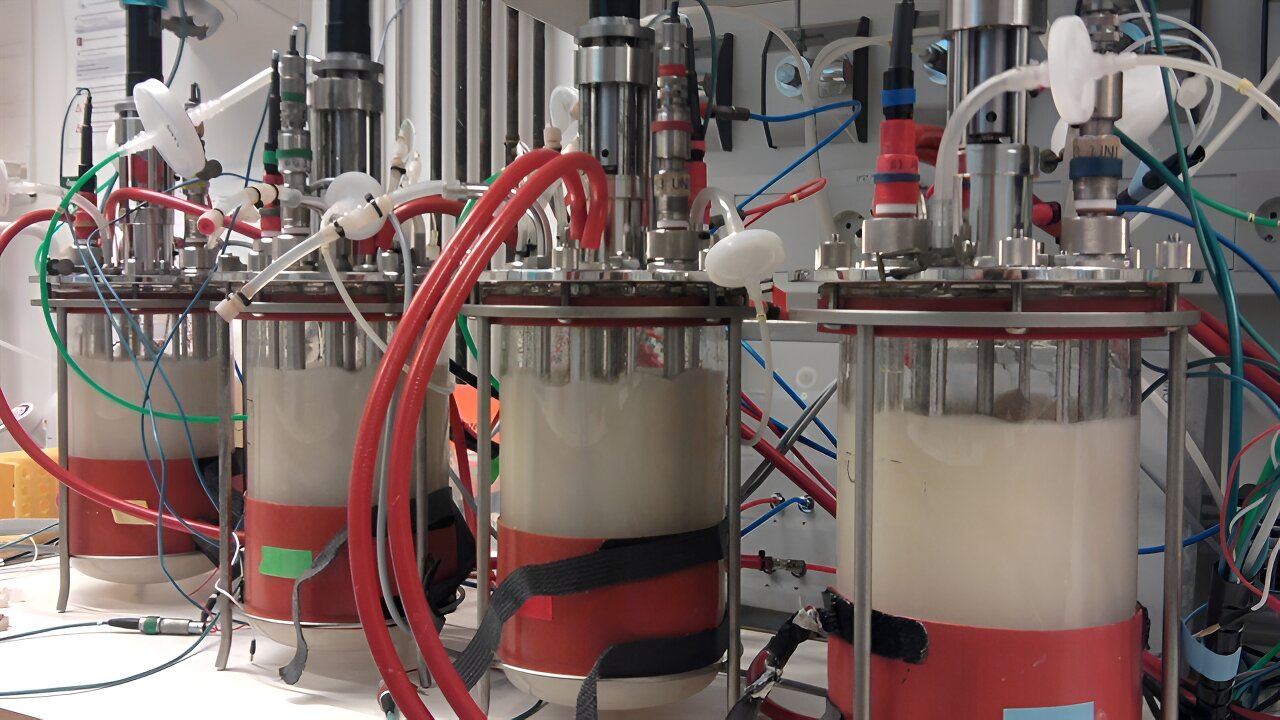- cross-posted to:
- [email protected]
- cross-posted to:
- [email protected]
With a new research breakthrough, researchers from DTU have succeeded in tackling all these problems in their search for the food of the future. Using the yeast cell Debaryomyces hansenii (D. hansenii), the researchers have shown that it is possible to exploit some of the industry’s problematic waste streams to produce proteins at very low cost and very low energy consumption.
This could move food production away from the fields and into steel tanks, the environment is spared from the wastewater, and the climate is far less impacted by CO2.
We simply mixed the two saline waste streams—the one with a high lactose content and the one with a high nitrogen content. We used them as they were. We didn’t need to add fresh water, nor did we need to sterilize the fermentation tank, because the salt prevented the growth of other microorganisms. It was plug and play.
D. hansenii thrived in this salty mixture. But if it was to be of more than research interest, then the yeast would also have to produce a commercially interesting product, and with the help of the gene technology CRISPR, Martinez’s research team modified D. hansenii to form a protein as it grew.


